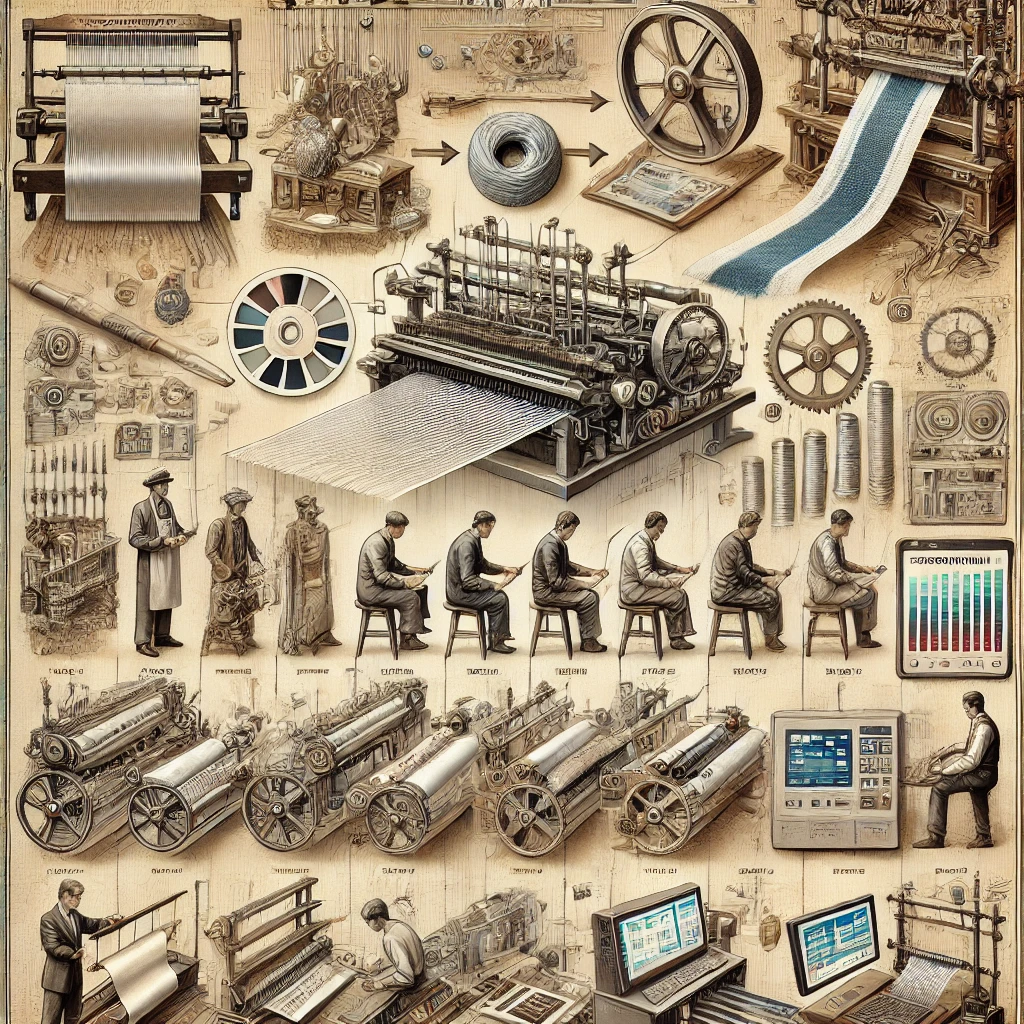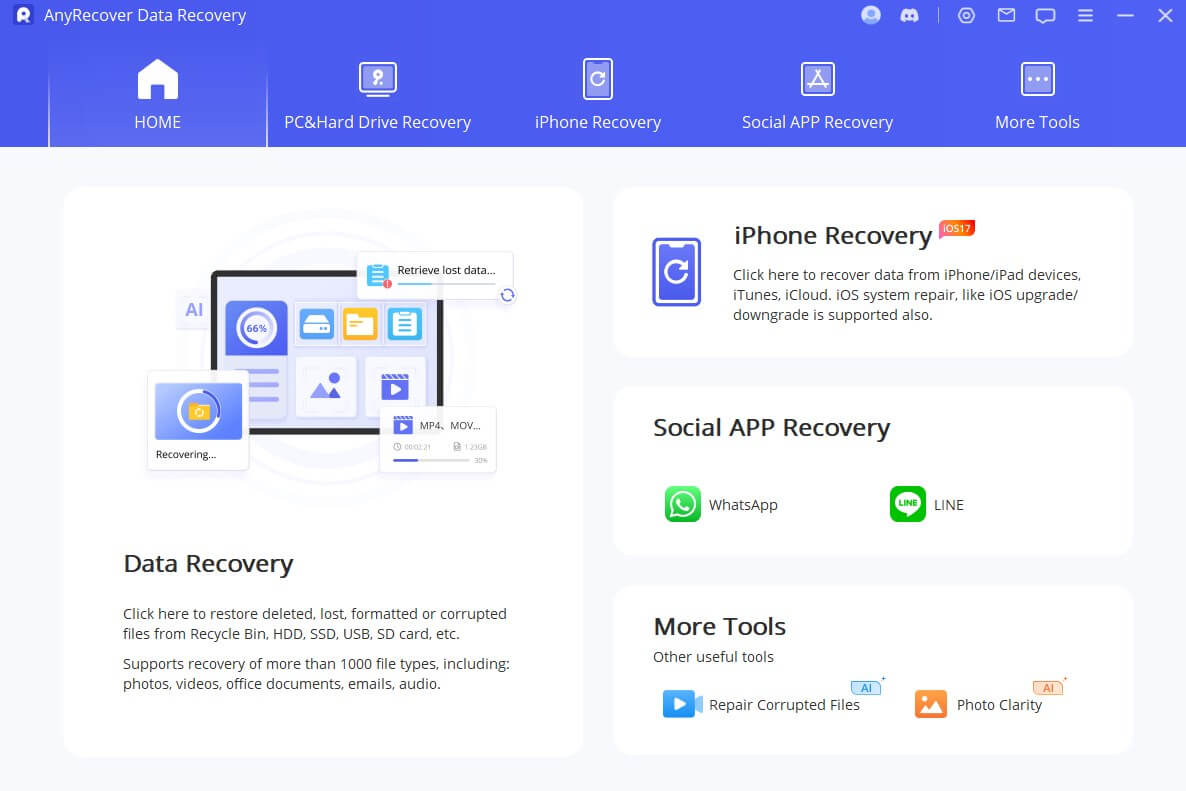Woven labels have been a staple in the textile industry for decades, serving as a mark of quality, brand identity, and detailed product information. As with many industries, technological advancements have significantly transformed the production processes of woven labels, making them more efficient, customizable, and sustainable. In this blog post, we’ll explore the evolution of technology in woven label production and its impact on the industry.
Early Days: Hand-Weaving to Mechanical Looms
The production of woven labels began with hand-weaving, a labor-intensive process that required skilled artisans. These early labels were limited in design complexity and production volume. The introduction of mechanical looms in the 19th century marked the first significant technological leap. These machines automated the weaving process, allowing for greater consistency and higher output.
Jacquard Looms: The First Digital Revolution
The invention of the Jacquard loom in the early 1800s revolutionized textile manufacturing, including woven labels. The Jacquard loom used punched cards to control the weaving pattern, enabling complex designs and intricate details that were previously impossible. This technology laid the groundwork for modern computing and automated production.
Computer-Aided Design (CAD)
The next major advancement came with the advent of Computer-Aided Design (CAD) in the late 20th century. CAD software allowed designers to create detailed digital patterns and simulate the weaving process before production. This technology not only sped up the design phase but also minimized errors and material waste, leading to cost savings and higher quality products.
Digital Weaving Machines
Building on CAD technology, digital weaving machines further revolutionized woven label production. These machines use electronic controls to manage the weaving process, offering unparalleled precision and versatility. Digital weaving machines can produce labels with a high level of detail, including small text and intricate logos, in a fraction of the time required by traditional methods.
High-Speed Looms and Automation
Modern high-speed looms and automation systems have dramatically increased production efficiency. Automated systems can handle large volumes of labels with minimal human intervention, reducing labor costs and increasing throughput. Additionally, advancements in automation have enabled quick changeovers between different label designs, enhancing the flexibility and responsiveness of production lines.
ERP-Connected Looms
Enterprise Resource Planning (ERP) systems have revolutionized the management of production processes across industries, and woven label production is no exception. ERP-connected looms integrate production data with the overall business operations, providing real-time insights into inventory levels, order statuses, and machine performance. This connectivity allows for seamless coordination between different stages of production, improving efficiency and reducing downtime. For example, an ERP system for woven label can automatically adjust loom settings based on incoming orders or detect when maintenance is required, preventing unexpected breakdowns and ensuring timely delivery of high-quality labels.
Eco-Friendly Technologies
Sustainability has become a significant focus in woven label production. New technologies are being developed to reduce the environmental impact of label manufacturing. For instance, waterless dyeing techniques and recycled materials are now commonly used to produce eco-friendly labels. These advancements not only benefit the environment but also appeal to increasingly eco-conscious consumers.
RFID and Smart Labels
The integration of Radio Frequency Identification (RFID) technology into woven labels represents the latest frontier in the industry’s evolution. RFID tags embedded in labels can store and transmit data, enabling advanced inventory management, anti-counterfeiting measures, and enhanced customer interaction. Smart labels equipped with QR codes or NFC chips are also gaining popularity, offering consumers instant access to product information via their smartphones.
Future Trends
The future of woven label production looks promising with continued advancements in technology. Artificial Intelligence (AI) and machine learning are set to play a significant role in optimizing production processes and quality control. AI algorithms can predict and correct weaving defects in real-time, ensuring consistently high-quality labels. Additionally, 3D weaving technology is emerging, allowing for the creation of labels with unique textures and dimensions.







